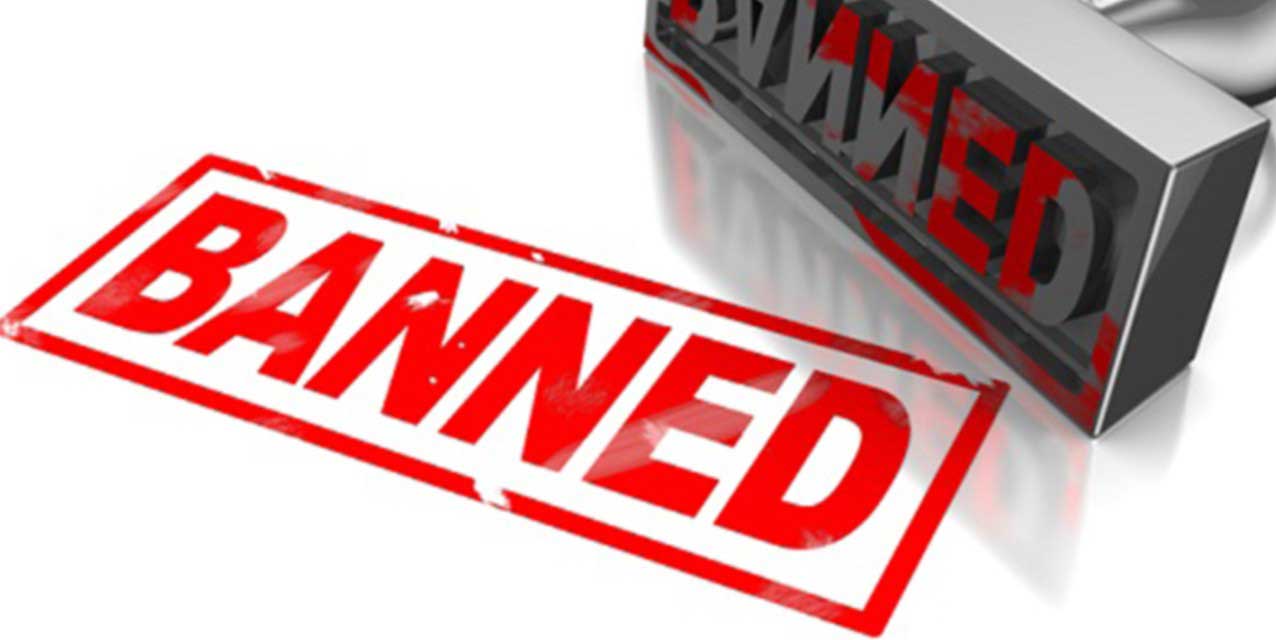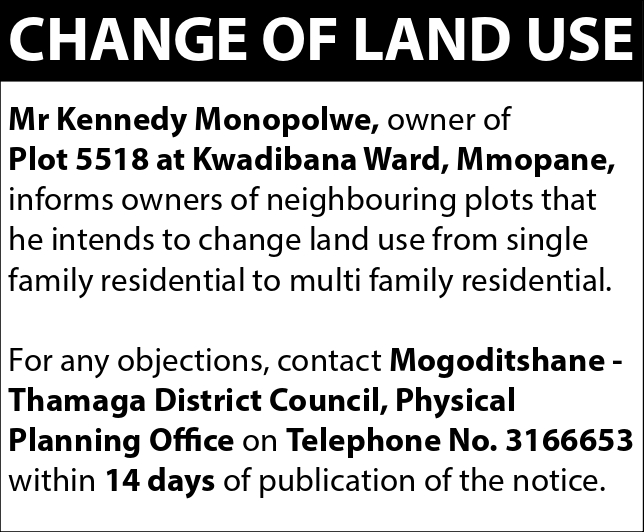Chris Douglas, Director, Malkara Consulting (Australia)
I learnt the trade craft of how to investigate money laundering working for the Australian Federal Police for over 31 years. My lessons commenced when I became involved in the investigation of complex tax evasion schemes and using tax laws to fight organised crime. Because in the early 1980s, Australia like most countries did not have a money laundering offence and to defeat the schemes used, which were designed to launder money; tax laws had to be applied. When criminal money laundering law came in 1987, along with an AML/CFT framework, all institutions, including prosecutors, police and AUSTRAC, the financial intelligence unit and AML/CFT regulator went on steep learning curves.
Mistakes were made and strategies changed as a result, including the introduction of new criminal money laundering offences and wide sweeping reforms made to Australia’s AML/CFT system. Change was forced upon Australia in 2005 in response to its 3rd mutual evaluation (ME) undertaken by the Financial Action Task Force (FATF). The FATF was critical of Australia’s AML/CFT framework and the low number of criminal prosecutions initiated. Almost 13 years later, the changes Botswana has implemented and the drivers behind them almost mirror the previous situation in Australia. But being a member of the FATF probably prevented Australia from being listed as a high-risk jurisdiction. While Botswana is not so fortunate.
The successful prosecution of money laundering requires evidence. And not just evidence of the money laundering but solid admissible facts linking that activity to a predicate offence, for example drug trafficking, fraud, or corruption. The two parts must be proven and without the evidence establishing them a case will fall apart. The EUs decision to list Botswana as a country of high money laundering and terrorist financing (ML/TF) risk, is not supported by evidence. It is based purely on a risk that a potential adverse event could occur to the EU financial system.
AML/CFT systems are based on risk or what is known as a risk-based approach, which applies to all 40 FATF Recommendations. Botswana was assessed against those recommendations in 2016. And using the FATF evaluation together with its own assessment processes, the EU decided that Botswana was a high ML/TF risk. Interestingly and very unfairly, the EU announced a new policy and assessment methodology on the very day it listed Botswana! The new EU assessment involves analysing the degree to which a country has met 8 key measures. Those measures are outlined in the table below. A close examination of those measures reveals that Botswana, as a result of legislative reform implemented in 2019, has a strong argument that it has met all of them or is on a solid path to do so or with some has exceeded them.
- criminalisation of money laundering and terrorist financing 5. powers and procedures of competent authorities
- customer due diligence requirements, record keeping and reporting of suspicious transactions in the financial sector 6. practice in international cooperation
- customer due diligence requirements, record keeping and reporting of suspicious transactions in the non-financial sector 7. availability and exchange of information on beneficial ownership of legal persons and legal arrangements
- existence of dissuasive, proportionate, and effective sanctions in case of breaches 8. implementation of targeted financial sanctions But the central issue here that impacts on the EU case against Botswana, is the lack of any definition of what constitutes “high risk”.
The FATF website contains a significant amount of valuable reference material for use by Governments and the private sector. But a search of the most commonly referred to documents namely: the “FATF Recommendations”; the “National Money Laundering and Terrorist Financing Risk Assessment”; and the “Methodology For Assessing Technical Compliance with the FATF Recommendations and the Effectiveness of AML/CFT Systems” reveals that there is no definition of “high risk”. A search of EU AML/CFT reference material for example the 4th Anti-Money Laundering Directive and the “Assessment of the Risks of Money Laundering and Terrorist Financing affecting the Internal Market and Relating to Cross-Border Situations” reveals a similar result. Even the document “Methodology for identifying high-risk third countries under Directive (EU) 2015/849” which was issued the very day Botswana was listed and outlines a detailed assessment plan, does not provide a definition of high risk.
Now this might seem like a small issue, but whether it is enforcement of the criminal law, or application of corporate governance standards or complying with international standards such as AML/CFT frameworks, words matter. And in some cases, words can be as destructive as bullets. Because listing a country as being high risk of ML/TF has serious consequences. If the EU and Botswana were individuals, then Botswana would have grounds to bring defamation proceedings against the EU and if successful seek compensation for the damage caused. But in relation to the current issue, it is impossible for any country to be held accountable to a standard, if the levels on which any assessment is based, are not defined. In many other situations, performance and academic standards are clearly articulated. Imagine for example advising a student that they must pass the exam to get an award, but they are not told what the pass mark is and how it is determined!
The reality is the assessment of risk is not a precise science. The calculation of risk involves first determining the likelihood of something occurring and then the impact that it will have. A risk level is then calculated by applying previously determined values. In some models, a weighting factor is applied to ensure that minor issues are not given an equal or greater rating over more important elements. While various models exist to calculate risk, the result is still influenced by judgement. The process is in the end subjective. Two people examining the same set of data could and at times do, come to a different conclusion. Similar situations arise when country risk is assessed.
However, any risk assessment including an AML/CFT risk assessment must be kept up to date. Otherwise resources could be wasted, risks overlooked, or incorrect decisions are made. Which is exactly what has occurred in relation to the EU decision to list Botswana. Botswana has made significant progress with improving its AML/CFT framework. A fact acknowledged by the FATF in April 2019 and again on 21 February 2020. As a result, Botswana was re-rated upwards on 32 of the 40 FATF Recommendations. The EU did not take into consideration the progress made by Botswana which have been significant given the size of the country and the limited resources at its disposal.
And it appears the EU did not consider the risk rating given by the Basel Institute on Governance on Botswana’s AML/CFT framework. The Switzerland based prominent institute which sets international standards designed to strengthen governance and counter corruption and other financial crimes, rated the AML/CFT system of Botswana in 2019 as being of medium risk. The actions by the EU are akin to turning off the ventilator connected to a patient who is recovering from Covid-19 in intensive care. No competent authority would do that. Not surprising then that the EU has been devastated by Covid-19 while Botswana has the situation under control.
The EUs decision to rate Botswana as being a high ML/TF risk is flawed on two important grounds. First the meaning of high risk is not defined and it not possible to assign a value to something that does not exist and cannot be measured. And secondly in making its determination, the EU only considered the likelihood of the risk occurring, not the impact. It must consider both. And then the results must be weighted.
One definition of high is” “great, or greater than normal, in quantity, size, or intensity”. So, in the absence of any definition and formula used by the EU to determine if a country is a high ML/TF risk or not, I will apply additional criteria. These will expand the number of risk elements under consideration and add weight to the overall risk level Botswana poses to EU financial systems and make the process fairer. It is not possible here to examine a more extensive range of risk criteria that apply to a country. However, applying the definition of high referred to above, I have considered four additional important factors, being: 1. value of trade; 2 economic size, 3. level of corruption, and 4. financial secrecy.
Trade plays an important role in the concealment of proceeds of crime and the movement of terrorist funds. Known as Trade Based Money Laundering, various techniques are used to move illegally acquired value between countries. But to reduce the risk of detection, trade volumes must be significant. Currently, as an EU trading partner, Botswana ranks 77 for imports and 124 for exports. Botswana’s share of EU trade is less than 1% of total trade. On this criterion, the ML/TF risk to EU financial systems through the trade in goods and services, is low.
In many situations, but not all, as other factors can have an impact, the size of money laundering is related to the size of a country’s economy. The GDP of Botswana is approximately USD18.6 billion while the GDP of the EU is USD18.8 trillion. The Botswana economy is only 1.86% the size of the EU, which is the second largest economy in the world. In terms of economic size, Botswana would be rated as a low ML/TF risk.
Corruption has a major impact on the effectiveness of AML/CFT systems. If a country is rated high for corruption, then it is highly likely that many of its institutions are not functioning freely and openly and the rule of law is broken. It should be a major criterion for the assessment of ML/TF risk, but it is not. In 2019, according to the Corruption Perceptions Index published by Transparency International, Botswana was ranked 37 out of 180 countries measured and ahead of 12 EU members. In order those countries were Lithuania; Slovenia, Cyprus; Czech Republic; Latvia; Italy; Slovakia; Croatia; Greece; Hungry; Romania and Bulgaria.
Botswana scored 61/100 while the EU countries ranged from 60 down to 43. Given that 12 of the 27 EU members rated below Botswana and some of them very poorly, what faith could any country, regulatory authority or financial institution have that their AML/CFT systems are effective and not impacted by corruption? It would be reasonable to conclude that based on this criterion, Botswana is a low risk to EU financial systems. Because to rate it higher, then at least 12 other countries, all of them EU members, should be listed as well.
Secrecy laws that are in force in over 60 countries, many of them EU members or offshore jurisdictions controlled by EU members, significantly benefits criminal activity especially money laundering. And despite claims made by others about Botswana, the country is not a tax haven. It does not have similar secrecy laws that operate in other jurisdictions designated as tax havens. Of the top 15 jurisdictions ranked by the Tax Justice Network as having the tightest secrecy provisions in the world, 7 are EU members or a jurisdiction controlled by an EU member. The TJN ranks Botswana as 113 out of 133. There are 31 EU members or EU controlled offshore jurisdictions that rank higher on secrecy than Botswana. The banking laws of Botswana contain a process that enables law enforcement, BURS and regulatory authorities access to information held by financial institutions. Appling the secrecy criterion, Botswana would be rated low risk to EU financial systems.
If Botswana were on trial, strict rules of evidence would be applied. But when it comes to AML/CFT frameworks and the assessment of compliance, the methodologies used are very subjective and, in some cases, influenced by political considerations. The information used in any assessment must be accurate, relevant, and up to date. The EU did not take into consideration significant improvements Botswana has made with its AML/CFT framework, other relevant criteria listed above and the capacity of the country to implement changes demanded by wealthy western countries, who designed and largely enforce the rules.
Being large and powerful does not make the decision right. Stating that a country is high risk does not make it so. The EU has abused its position of power and its decision is a grossly excessive response to a situation Botswana has working tirelessly to improving and significant advancements had been made. As a result, the EU must produce solid up to date evidence to justify its decision or withdraw the high-risk rating immediately.
Readers are encouraged to share their view with the author: Chris.douglas@malkaraconsulting.com




